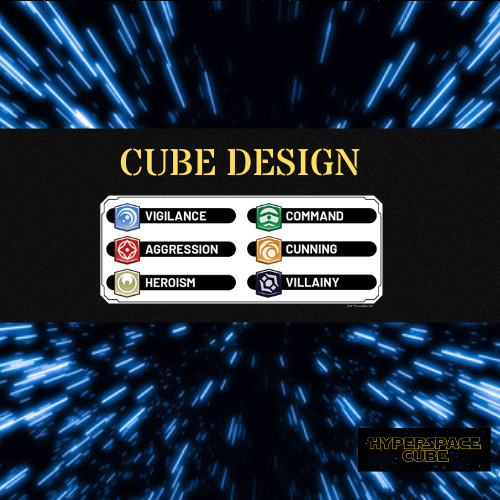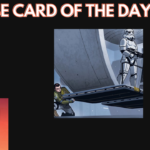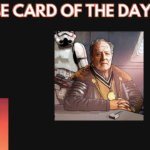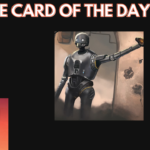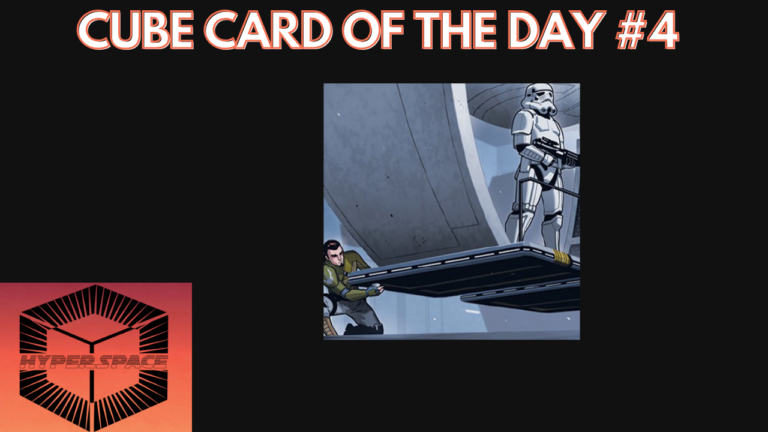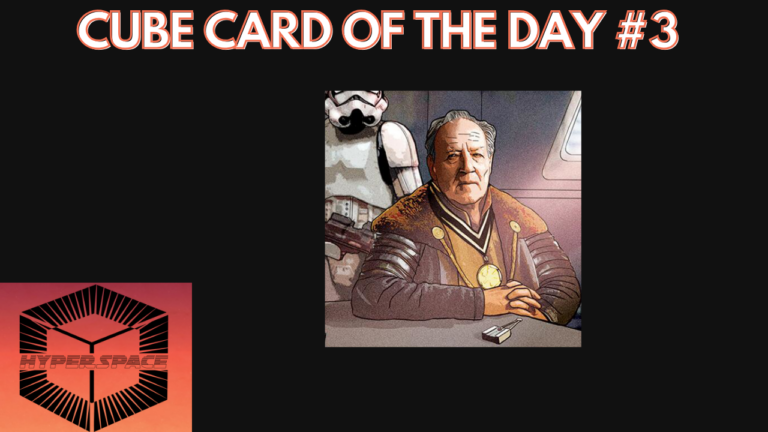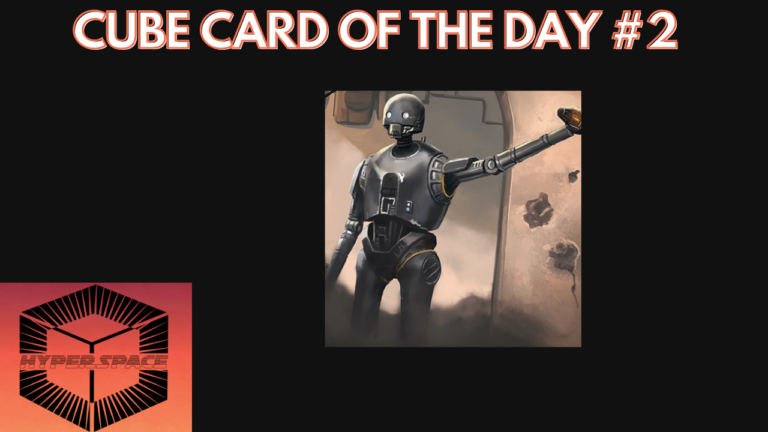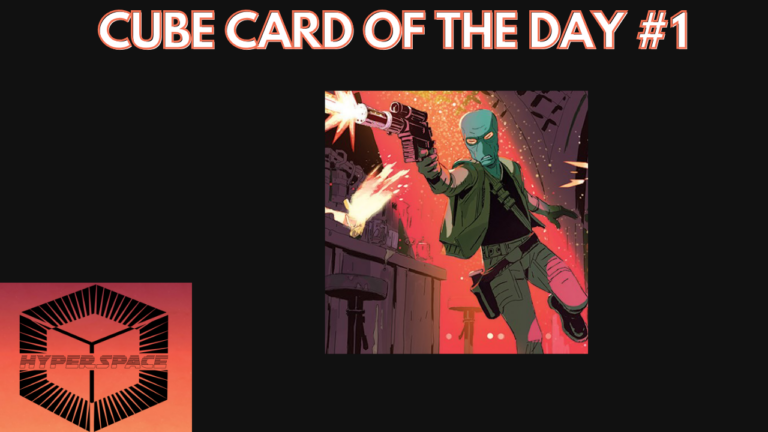Introduction:
The release of Star Wars Unlimited TCG has the community buzzing, especially after FFG’s community stream this past weekend. The announcement of Twin Suns has provided us with another format to explore creativity and customize decks for future sets. I am thrilled to participate in Premier, Booster Draft, and Sealed. However, for me, one unique format has emerged as a testament to creativity and customization – The Star Wars Unlimited Cube. In this article, we will delve into the fascinating world of cubes, exploring what they are and unraveling the intricate design principles that govern these curated collections of cards.
What is a Cube?
At its core, a Cube is a carefully curated set of Star Wars Unlimited TCG cards used for drafting. Unlike traditional booster drafts where players open randomized packs, cubes allow for a more controlled and intentional drafting experience. Cube creators assemble a diverse array of cards to craft an environment that is both balanced and enjoyable.
Designing a Cube:
Creating a Cube is an art form that requires a deep understanding of the game’s mechanics, archetypes, and player preferences.
Archetype Diversity:
A well-designed cube provides a balanced distribution of cards that support various archetypes or strategies. This ensures that players have multiple viable paths to victory during the draft and subsequent matches.
Power Level Balance:
Achieving a balanced power level is crucial to the cube’s overall enjoyment. Including cards with a variety of power levels ensures that no single strategy dominates, creating a more dynamic and engaging play experience.
Aspect Balance:
Maintaining balance among the different aspects in SWU is essential. A well-constructed cube considers the strengths and weaknesses of each aspect, ensuring that no single aspect combination is disproportionately powerful.
Leader Balance:
It is also important to take into account the leaders to ensure there is enough strategy for each type of archetype, such as aggro, control, midrange, and hopefully combo! It’s crucial to have enough cards for a leader like Sabine or to take a control approach like Iden.
Synergy and Interaction:
The best cubes encourage players to explore synergies between cards and build cohesive decks. Including cards that interact well with each other and support specific themes enhances the depth and complexity of the draft environment.
Inclusion of Staples and Iconic Cards:
A successful cube often features iconic cards and staples from the metagame. This not only adds a nostalgic element for experienced players but also introduces newer players to classic and powerful cards.
As you can see, the possibilities of cube design are truly endless. I look forward to playing cube and discussing different approaches to cube design with you all.

